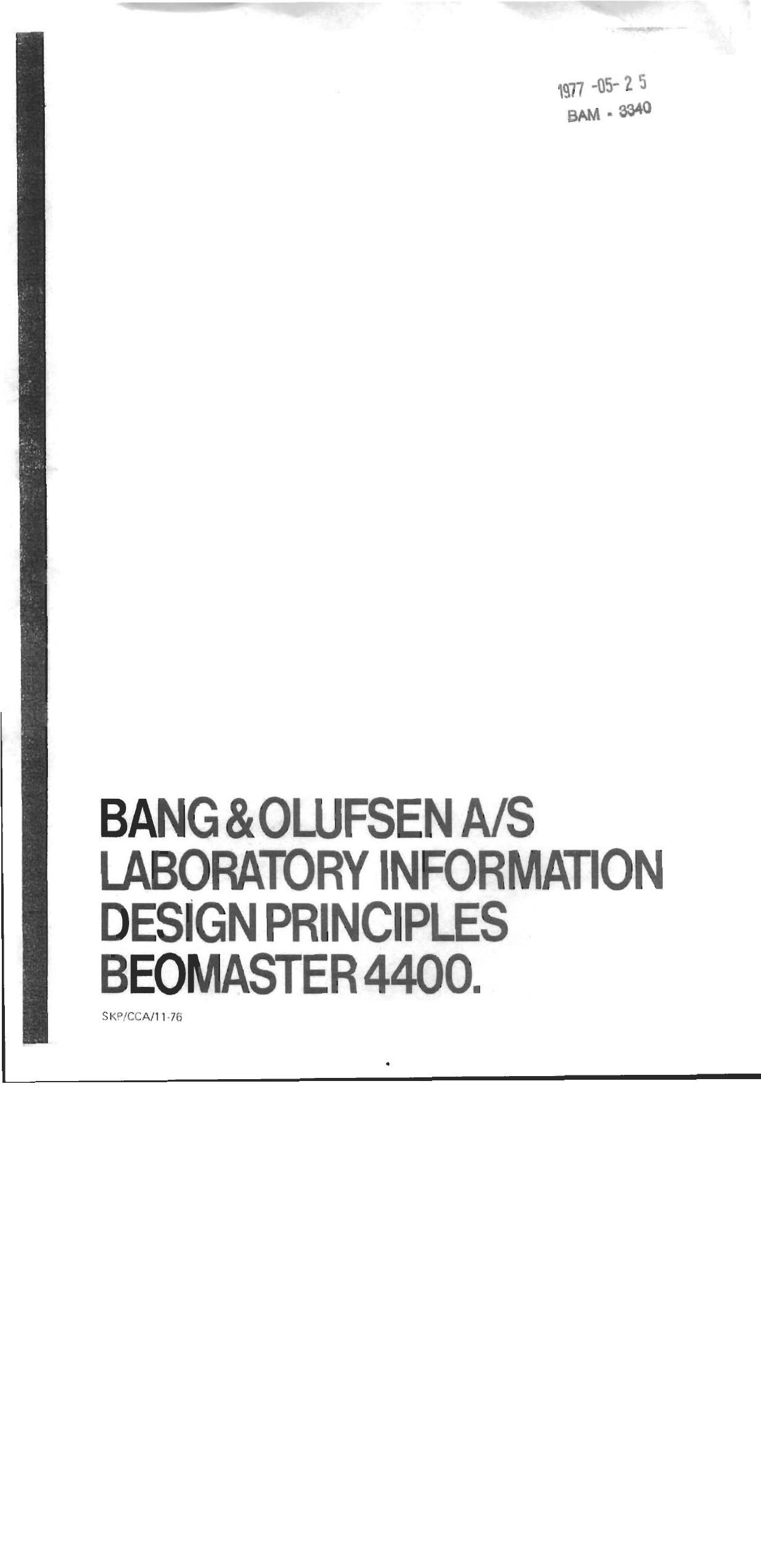Bang Olufsen Beomaster 4400 Owners Manual
This is the 33 pages manual for Bang Olufsen Beomaster 4400 Owners Manual.
Read or download the pdf for free. If you want to contribute, please upload pdfs to audioservicemanuals.wetransfer.com.
Page: 1 / 33
